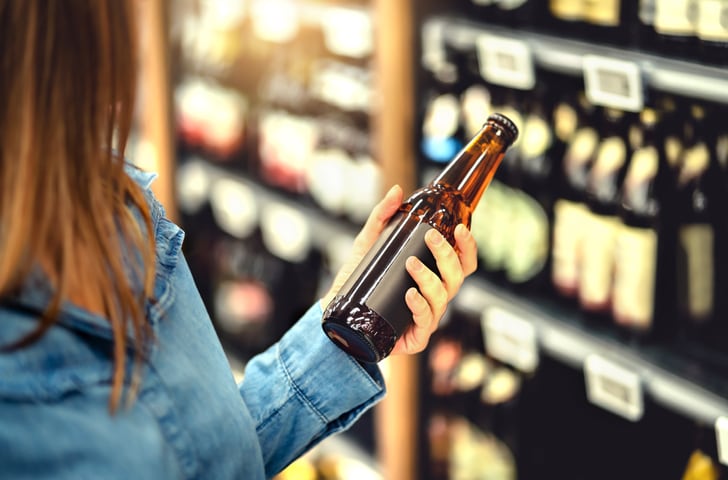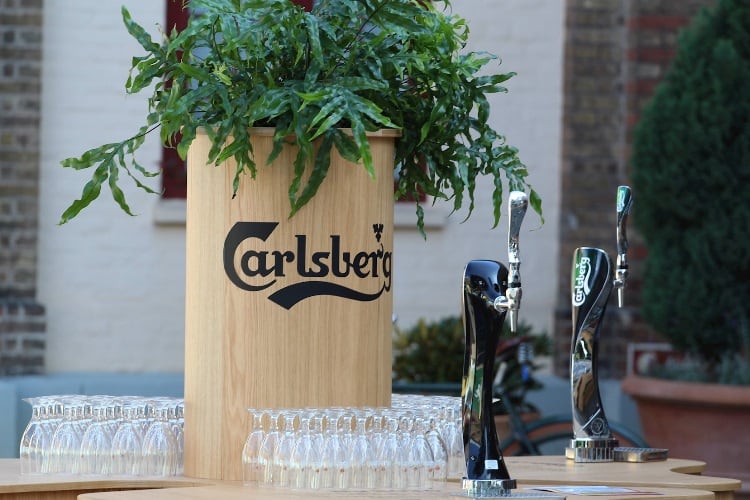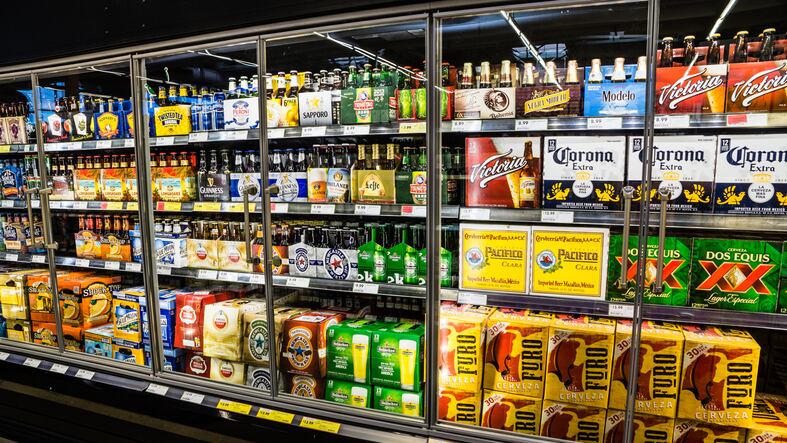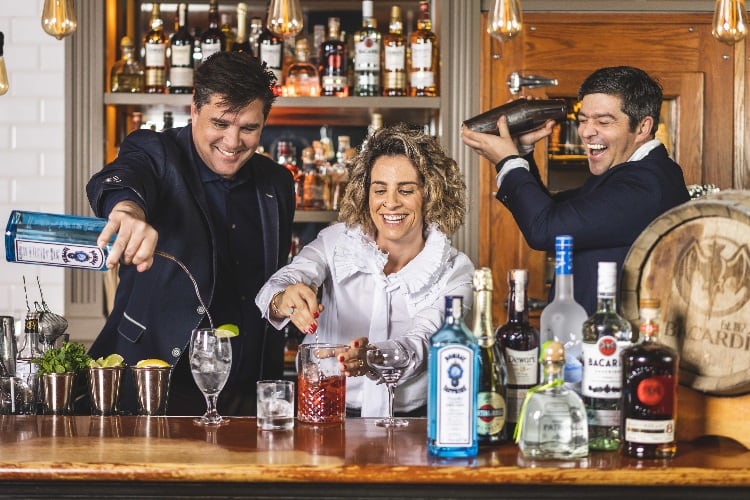Regulations on alcohol sales in the US have been in place since the repeal of Prohibition in 1933. The system has heavily impacted alcohol since the rise in popularity of ecommerce.
There are many issues with alcohol’s online presence, but the complicated selling process only makes it more difficult for producers.
Ecommerce analytics company Profitero said online alcohol sales could explode anywhere from USD $7-$15bn in the next few years, noting that "ecommerce is making an impact on just about every industry imaginable, and alcohol looks set to be the next sector to be disrupted by the continued shift to digital."
Alcohol producers are generally not allowed to sell directly to consumers, but rather must sell to wholesalers or distributors, who then sell to retailers, who then sell to consumers.
Exceptions vary state by state, with the most common being the case of the brewpub. Brands verified as brewpubs are simultaneously a producer and a retailer, and can sell direct to consumer. This is how craft breweries, wineries and taprooms bypass the three tiers.
Missing out on key data
Currently, most alcohol brand websites that aren't brewpubs have limited shopping options. A ‘store locator’ or ‘where to find’ section is common, which allows customers to search for the products in nearby brick-and-mortar retailers. But this doesn’t qualify as ecommerce.
Others will link to a third party website that acts as a distributor, like Drizly or goPuff. These sites search for the product in nearby retailers and deliver them as traditional ecommerce, as well as operate regional facilities with product inventory for each market they serve. Devaraj Southworth, CEO of new tech platform Thirstie, explains why there needs to be a better, mainstream solution.
While third parties are growing more popular and are convenient for consumers, they are not as advantageous to the brands. They encourage sales, but also give the consumer more suggested options in their searched category.
A shopper linked to Drizly or goPuff from a whiskey brand’s website will see the original product listed next to a dozen other whiskeys that may be cheaper or have faster delivery. Brands also do not get the data and analytics on whether a purchase was made or how much a customer was willing to pay, etc.
Thirstie keeps customers in place
The US compliance system has left alcohol behind in the ecommerce game; consumers largely don’t consider an alcohol brand’s website as a purchasing option. Thirstie is trying to change that as a white-label platform for alcohol suppliers.
It is attempting to give alcohol brands the ability to facilitate a sale directly to consumers on their own website, Southworth told BeverageDaily. Thirstie isn’t the only company working on creative solutions, but he thinks most alcohol brands aren’t investigating or investing in them because they don’t fully understand the process yet.
When a brand partners with Thirstie, the platform searches for the alcohol products in nearby retailers and allows for purchase and delivery. It differs from third party sites because it keeps customers on the original brand site.
Thirstie also provides its brand partners with the data and analytics on consumer behavior that is lost to third parties. Especially for smaller, craft producers that are new to the market, it's important for brands to understand their ideal ecommerce customer, Southworth said.
He considers gathering data and behavior patterns on potential customers to be the biggest advantage of well-functioning ecommerce. Without customer knowledge, the alcohol category falls behind on targeted marketing and misses out on revenue.
Getting big brands to catch on
Thirstie’s startup structure is working with about a dozen US alcohol brands so far, like Drinkworks and Maker’s Mark. Southworth believes the idea has the potential to revolutionize beer, wine and spirits shopping.
Most CPG industries have about one-quarter of sales coming from brand websites, according to data he cited from a Walker Sands report. There is only so much share available in the age of brand vs retailer vs big third parties like Amazon.
“There’s 100% a place for both, as we’ve seen from every other industry. So while Drizly is in theory a competitor, we don’t necessarily view them that way because it’s two different styles,” Southworth said.
The advantages from Drizly or goPuff go to the consumer, while advantages from Thirstie go to the producers.
It’s only a matter of time until the internal marketing spend and priorities of bigger alcohol brands will align, Southworth predicts, and they will realize the opportunity of integrating better ecommerce solutions.
“As ecommerce grows and people buy more online, there is no reason that [alcohol] hasn’t flourished, except because of how highly compliant you need to be,” he said.




